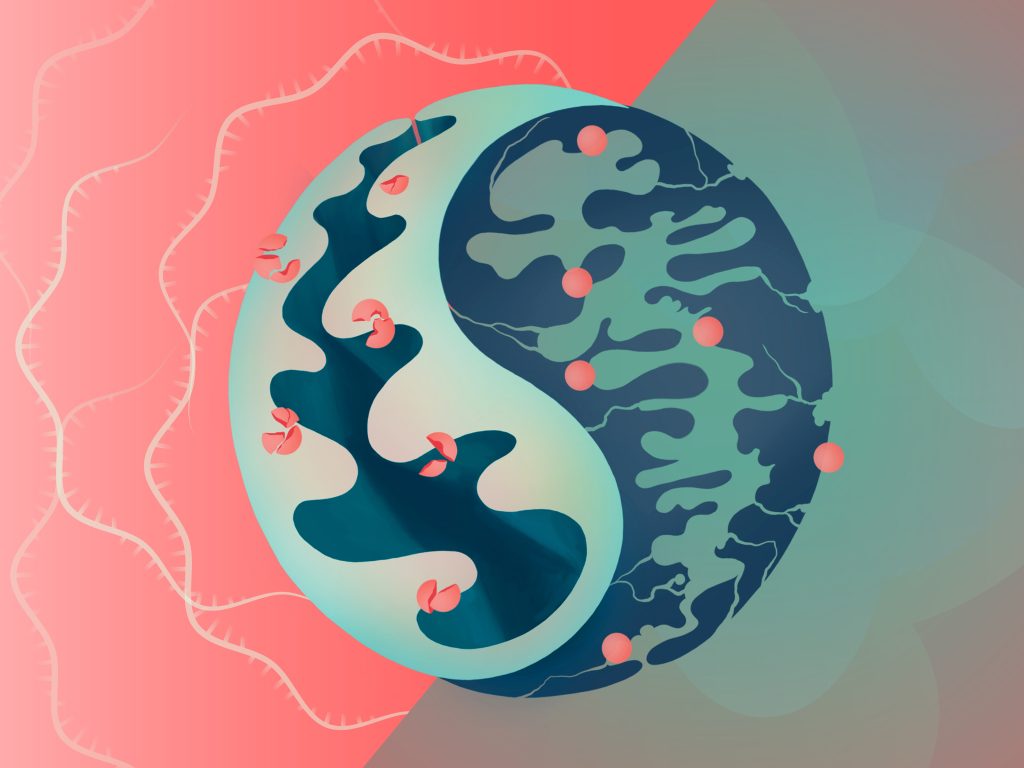A dream came true, we published our first paper!
https://www.nature.com/articles/s42255-024-01007-w
I could not be more proud to share the story one of my first PhD students in the lab. Shout out to Tabitha, and all the co-authors who made this dream become reality!

Left: mitochondrial association of the Pink1 mRNA prevents mitophagy induction, the PINK1 protein is inactivated by cleavage. Right: only if the mRNA is dissociated, mitophagy of damaged mitochondria can proceed due to stabilization of the PINK1 protein. Artwork by Julia Kuhl. Tabitha identified a molecular switch that allows neurons to turn mitophagy on and off, by tethering the Pink1 mRNA to mitochondria. This protects mitochondria in neurons from being used as a simple nutrient source, because we all know they are much more important than that!
Molecularly, the Pink1 mRNA tethering complex is phosphorylated by AMPK to keep the amount of PINK1-mediated mitophagy low. Only upon untethering, e.g. upon inactivation of AMPK by insulin signaling, can mitophagy process and the neuron take care of damaged mitochondria.
This goes awry in neurons that have lost their ability to respond to insulin, e.g. upon treatment with the This goes awry in neurons that have lost their ability to respond to insulin, e.g. upon treatment with the Alzheimers disease (AD) risk factor ApoE4. This connects two phenomena commonly seen in AD, damaged mitochondria and insulin resistance
